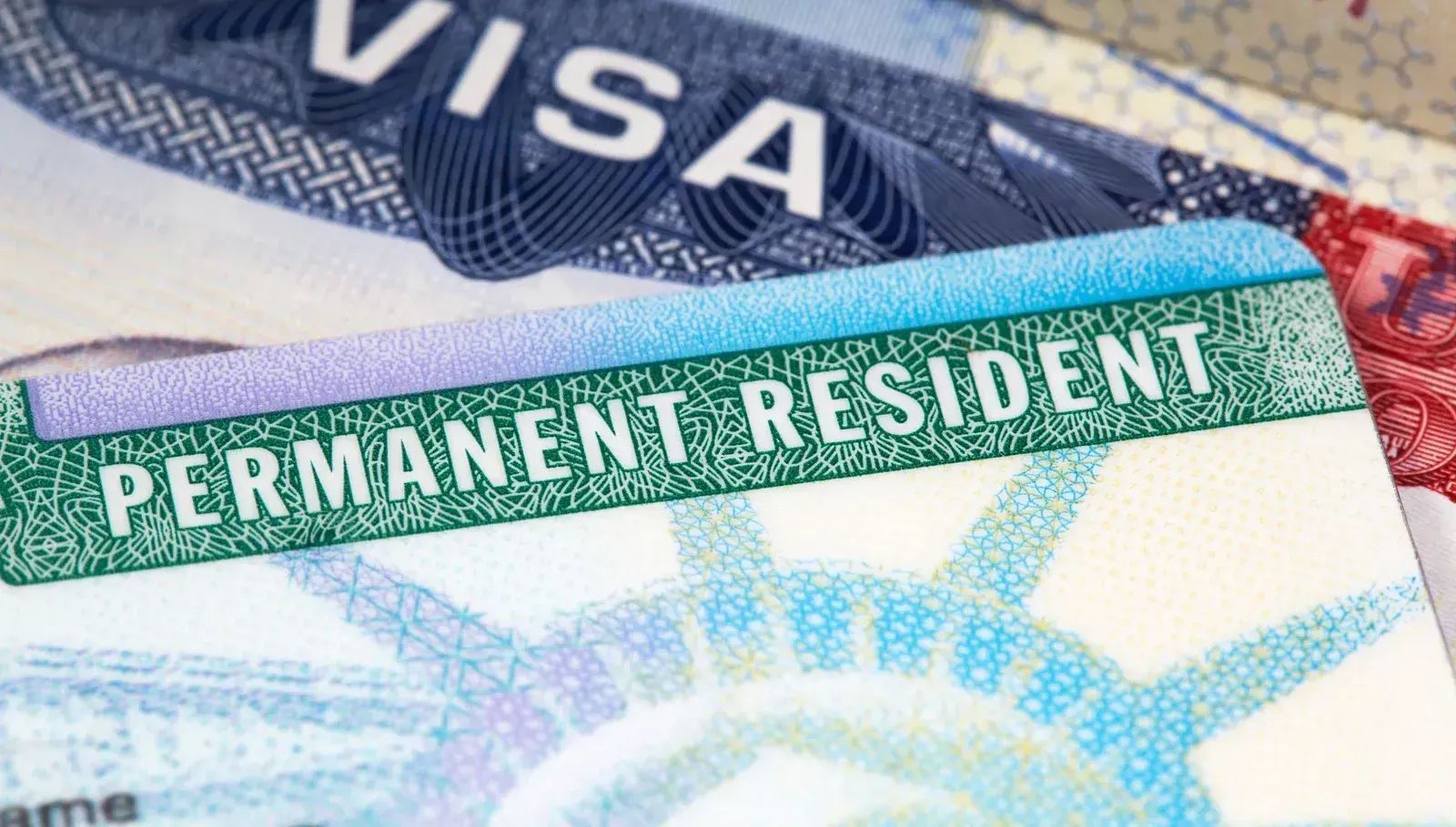Understanding the Green Card Process: Key Steps and Requirements
April 28, 2025

For many individuals seeking a future in the United States, obtaining a green card is a pivotal step toward lawful permanent residency. Whether for employment, family reunification, or other special categories, the green card process can be complex, with multiple steps and strict eligibility criteria. Understanding these requirements helps ensure a smoother journey and minimizes delays or costly errors. While the process may vary based on specific immigration paths, some general steps apply to most applicants. Navigating this legal landscape requires careful attention to detail, compliance with federal regulations, and often, professional legal guidance to avoid missteps that could derail the process.
1. Determine Eligibility Category
The first step is identifying the appropriate category under which you qualify for a green card. Common categories include family-based, employment-based, refugee or asylee status, and special immigrant classifications. Each category has its own criteria, and eligibility is often tied to relationships (such as marriage to a U.S. citizen) or employment sponsorship. Determining the correct path is critical before proceeding with any paperwork.
2. File the Immigrant Petition
Once eligibility is confirmed, a petition must be filed—typically by a sponsor. For example, a U.S. citizen may file Form I-130 for a relative, or an employer might submit Form I-140 for a foreign worker. In certain categories, individuals can self-petition. Approval of this petition is necessary before the application for permanent residency can move forward.
3. Apply for a Green Card
Following petition approval, applicants either adjust their status if they’re in the U.S. or go through consular processing abroad. Adjustment of status is done using Form I-485. If outside the country, applicants work through the National Visa Center and attend an interview at a U.S. embassy or consulate. This phase requires careful documentation, including medical exams, background checks, and proof of admissibility.
4. Attend Biometrics and Interviews
All applicants must complete a biometrics appointment to collect fingerprints, photos, and a signature for background checks. Most also attend a formal interview with a U.S. Citizenship and Immigration Services (USCIS) officer, where supporting documents are reviewed. This interview is a vital step in verifying the authenticity of the application and the truthfulness of the provided information.
The green card process, while standardized in structure, demands accuracy and thorough understanding. Delays, denials, or even removal proceedings can occur if documentation is incomplete or eligibility is incorrectly assessed. Seeking experienced legal assistance ensures applicants are guided through every step with an advocate who understands the legal nuances and procedural requirements.
Ibrahim & Dobaria Law, PLLC, based in Lansdale, Pennsylvania, brings over 45 years of combined experience in immigration law. Our team helps clients navigate the complex green card process with care and precision, ensuring all requirements are met and every step is clearly understood. We are committed to supporting individuals and families in achieving permanent residency through knowledgeable and professional legal representation.








